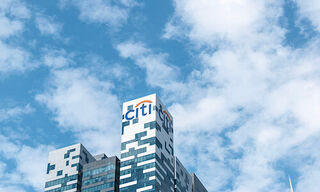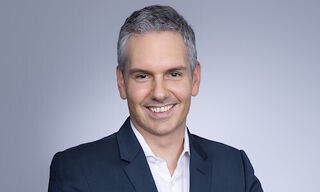Accenture: Asia AUM to Nearly Double by 2025
Despite increasing market, economic and geopolitical risks, Asia’s wealth management industry is expected to continue its ascent with assets under management forecasted to nearly double by 2025, according to a research report by Accenture.
Assets under management (AUM) in Asia will nearly double and revenue will grow 60 percent by 2025, according to a newly published report by Dublin-based professional services firm Accenture.
The potential is more than just speculative with 32 percent of private wealth in Asia held in retail deposit accounts and physical cash.
And while top players dominate the market in Asia – a client’s primary wealth manager holds 60 percent of his or her total AUM – their leading positions remain under threat with just 46 percent of investors satisfied with the services of the primary provider.
Crypto and ESG
In terms of expanding the product offering to achieve growth goals, Accenture’s report underlined digital assets and ESG (environmental, social and governance) investing as major opportunities.
Currently, digital assets represent 7 percent of surveyed investors’ portfolios which makes it the fifth-largest asset class in Asia ahead of foreign currencies, commodities and collectibles. 52 percent of investors in the region already hold digital assets with another 21 percent expected to invest in them by end-2022 yet 67 percent of wealth management firms have no plans to launch a related offering.
On ESG investing, 64 percent of advisors said more content, insights and data could support their efforts to meet demand. On the other hand, investors cited the complexity of ESG parameters (41 percent), insufficient data and information (40 percent), and the limited selection of available ESG products (38 percent) as top barriers.
Advisory Enhancement
In addition to bulking up product shelves, the report also underlined the enhancement of advisory offerings as a key growth driver.
Specific upgrades include the development of offerings that give clients more input in the financial advisor selection process; are oriented to different life stages; and are more personalized with the usage of data and analytics capabilities.
Wealth managers should also leverage open banking to enable data sharing with third parties, the report added.
«Investors in the region can no longer be categorized primarily as self-directed; they want advice and to validate their decisions with their wealth manager,» said David Wilson, who leads Accenture’s wealth management practice for growth markets. «Delivering a true advisory proposition that is goals-led, holistic, and digital-first but integrated with financial advisors will be crucial for future competitiveness.»
Productivity Boost
There are also internal improvements to be made, specifically with regards to boosting productivity.
Client advisors or relationship managers are spending half their time on activities that do not generate revenue such as administration, checking trade status or non-client meetings, with up to five applications used for each key activity.
78 percent of advisors said that using a one-stop platform that brings these different applications together could boost productivity by three to seven-fold over a three-year period.
More Consolidation
Despite the outlook, their are challenges ahead to capitalize on the opportunities with more consolidation of assets expected.
41 percent of surveyed investors that work with multiple firms said they are likely to consolidate their assets with fewer or just a single firm this year.
«Investors are looking for new products and advisory services as they grapple with market volatility, longer life expectancies and the plethora of investment information available online,» said Nicole Bodack, Accenture’s capital markets industry group lead for growth markets.
The report, titled «The Future of Asia Wealth», is based on two surveys – one involving 3,200 investors and another of more than 500 financial advisors at wealth management firms across Hong Kong, Singapore, China, India, Indonesia, Japan Malaysia and Thailand – alongside interviews with senior wealth executives. Investors had investable assets ranging from $100,000 to more than $5 million.



























